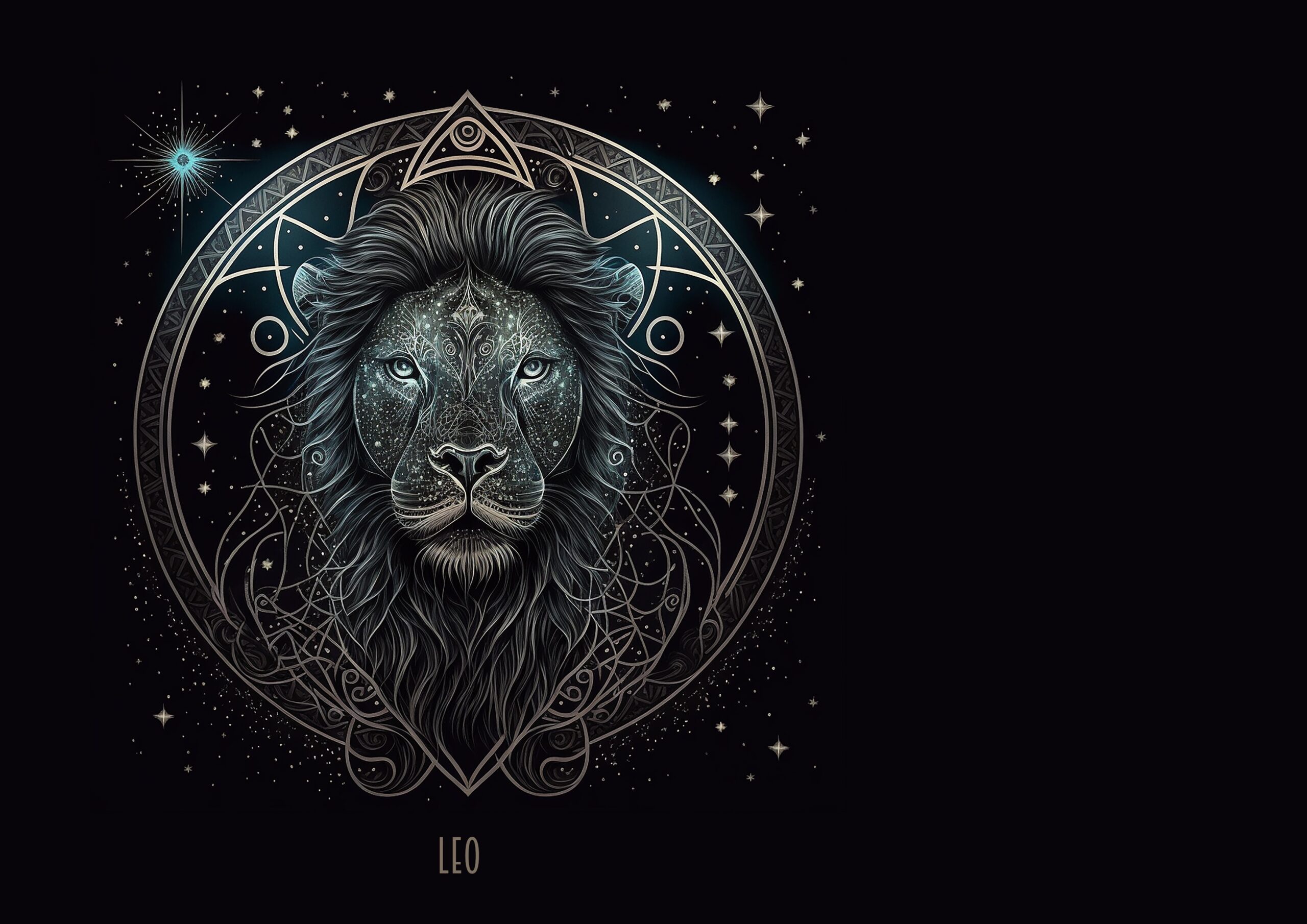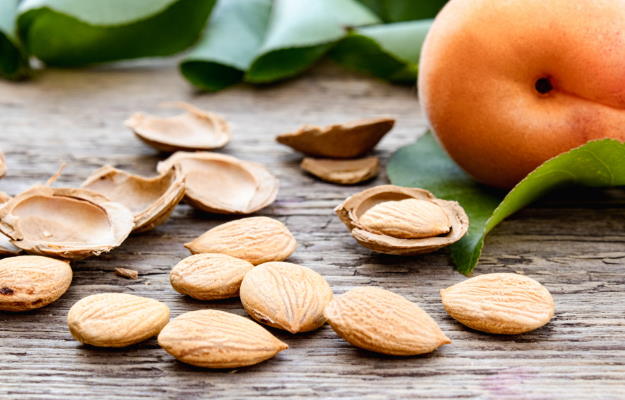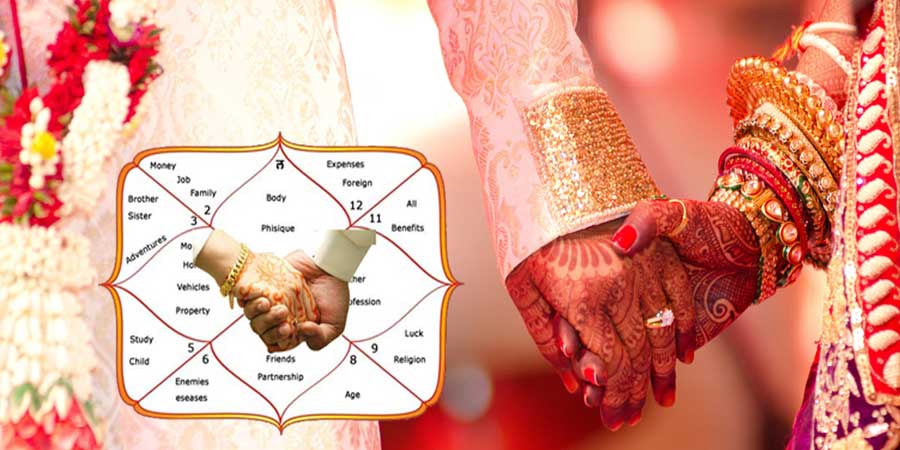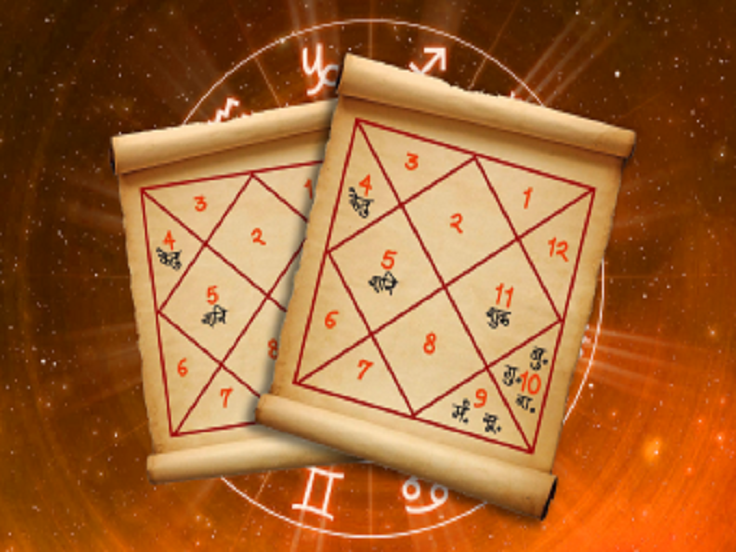Chhath Puja, one of the most ancient Hindu festivals, is a Celebration of Chhath Puja immense cultural and spiritual significance. This unique festival is dedicated to Surya (the Sun God) and Chhathi Maiya, also known as Usha, who is considered the consort of Surya. The origins of Chhath Puja trace back to ancient Vedic times and continue to be observed with immense devotion primarily in the northern states of India, such as Bihar, Uttar Pradesh, Jharkhand, and parts of Nepal.
But how did this significant festival come into being? And what is the story that binds people so strongly to this ritualistic worship of the Sun? Let’s take a deep dive into the fascinating history behind the celebration of Chhath Puja.
The Origins of Chhath Puja: Vedic Roots and Mythological Tales
The roots of Chhath Puja are deeply embedded in ancient Hindu texts and scriptures. One of the earliest mentions of worshipping the Sun God can be found in the Rig Veda, where hymns are dedicated to the Sun and its tremendous power to sustain life on Earth.
The worship of nature, especially the Sun, is not only a way to show reverence to the primary source of life but also to seek health, prosperity, and well-being. Chhath Puja embodies this gratitude towards nature, blending the ancient practice of sun worship with stories of mythology.
How to Perform Laxmi Pooja at Home: A Step-by-Step Guide
The Importance Of Chhath Puja Is From Mahabharata
One of the most famous references to Chhath Puja can be found in the Mahabharata, which adds layers of significance to this ancient festival. According to the epic, Draupadi, the wife of the Pandavas, along with her husbands, performed Chhath Puja to overcome their obstacles and regain their kingdom. The worship pleased Surya, who blessed them with victory and prosperity.
The link between Draupadi and Chhath Puja is often highlighted to explain the importance of the festival in fulfilling wishes and bringing relief from difficult situations. This reference enhances the festival’s significance, connecting it to powerful mythical characters and the values of strength, perseverance, and devotion.
The Rituals of Chhath Puja: A Deeply Spiritual Practice
Chhath Puja is a four-day long festival marked by rigorous rituals that devotees perform with sincerity and devotion. These rituals are not just simple acts of worship; they symbolize a spiritual connection with nature and the divine.
Day 1: Nahay Khay (Purification and Fasting Begins)
The first day of Chhath Puja is called Nahay Khay, which literally translates to “bathe and eat.” Devotees take a holy dip in a river or any water body, preferably the Ganges, to purify themselves. The fast begins on this day, and people consume a single meal prepared without onion or garlic, signifying purity.
Day 2: Lohanda or Kharna (The Preparation for the Main Offerings)
On the second day, devotees observe a strict fast, refraining from drinking even water throughout the day. In the evening, after worshipping the Sun, the fast is broken with the offering of kheer (a type of rice pudding) and fruits. This meal is shared with family members, and the fast resumes after the meal.
Day 3: Sandhya Arghya (Offering to the Setting Sun)
The third day is the most significant, as it marks the evening offerings (Sandhya Arghya) to the setting Sun. Devotees gather on the riverbanks or any water source, holding baskets filled with fruits, sweets, and other offerings. They stand in the water, facing the setting Sun, and make offerings to seek blessings for health and prosperity.
Day 4: Usha Arghya (Offering to the Rising Sun)
The festival concludes on the fourth day with Usha Arghya, where devotees again gather at the riverbank early in the morning to offer prayers to the rising Sun. This act signifies the end of the fast and marks the completion of the rituals. Prasad is distributed among family and friends, symbolizing the blessings received from the Sun.
Significance of Chhathi Maiya and Sun Worship
In Chhath Puja, the Sun is worshipped as a deity, symbolizing energy, vitality, and life. Surya, or the Sun God, is believed to be the ultimate source of energy, and his light sustains life on Earth. Devotees express their gratitude for the Sun’s life-giving force and seek blessings for a healthy and prosperous life.
Chhathi Maiya, another important deity worshipped during Chhath Puja, is often regarded as the protector of children and the granter of fertility. She represents purity and motherhood, and her blessings are believed to bring joy, prosperity, and safety to the family.
Why Chhath Puja Holds a Special Place in Indian Culture
The celebration of Chhath Puja is much more than just a festival; it is an act of devotion that brings people closer to nature. The festival emphasizes the importance of clean surroundings, respect for natural resources, and the significance of rivers in sustaining life. The rituals often take place near water bodies, showing reverence for these life-sustaining elements.
Furthermore, Chhath Puja is an inclusive festival where people from all walks of life come together to offer prayers. There is no pomp or extravagance involved; the simplicity and purity of the festival resonate with millions who observe it with devotion.
The Modern Celebration of Chhath Puja
While the essence of Chhath Puja has remained the same, the way it is celebrated has evolved. The festival now witnesses massive participation not just in India but also across the globe, especially in areas with a large diaspora from Bihar and Uttar Pradesh.
Despite the modernization, the rituals have remained largely unchanged. People still gather near water bodies, construct makeshift ghats, and perform the rituals with the same dedication as their ancestors did thousands of years ago.
Environmental Awareness Through Chhath Puja
One of the notable aspects of Chhath Puja is its emphasis on environmental cleanliness. Devotees are encouraged to keep their surroundings clean, especially around the ghats where the rituals take place. In recent years, environmental groups and local authorities have collaborated to ensure that the rivers and lakes where the rituals are performed remain unpolluted, ensuring a balance between tradition and modern environmental concerns.














